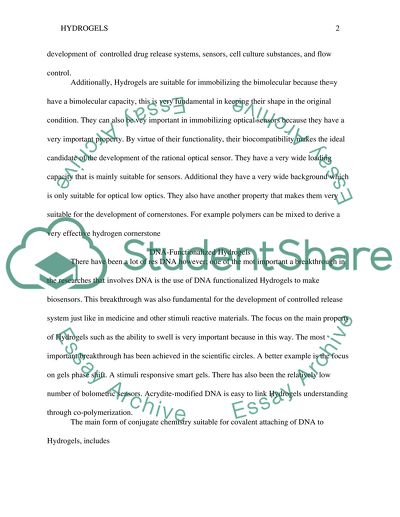Cite this document
(“Hydrogels Essay Example | Topics and Well Written Essays - 2000 words”, n.d.)
Hydrogels Essay Example | Topics and Well Written Essays - 2000 words. Retrieved from https://studentshare.org/chemistry/1586618-hydrogels
Hydrogels Essay Example | Topics and Well Written Essays - 2000 words. Retrieved from https://studentshare.org/chemistry/1586618-hydrogels
(Hydrogels Essay Example | Topics and Well Written Essays - 2000 Words)
Hydrogels Essay Example | Topics and Well Written Essays - 2000 Words. https://studentshare.org/chemistry/1586618-hydrogels.
Hydrogels Essay Example | Topics and Well Written Essays - 2000 Words. https://studentshare.org/chemistry/1586618-hydrogels.
“Hydrogels Essay Example | Topics and Well Written Essays - 2000 Words”, n.d. https://studentshare.org/chemistry/1586618-hydrogels.


